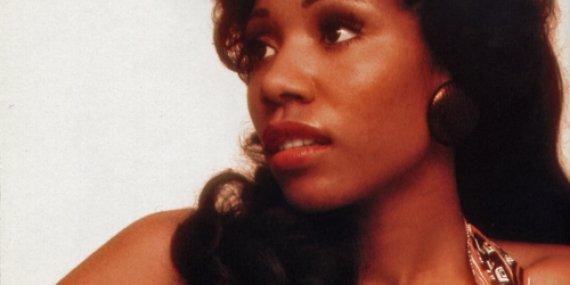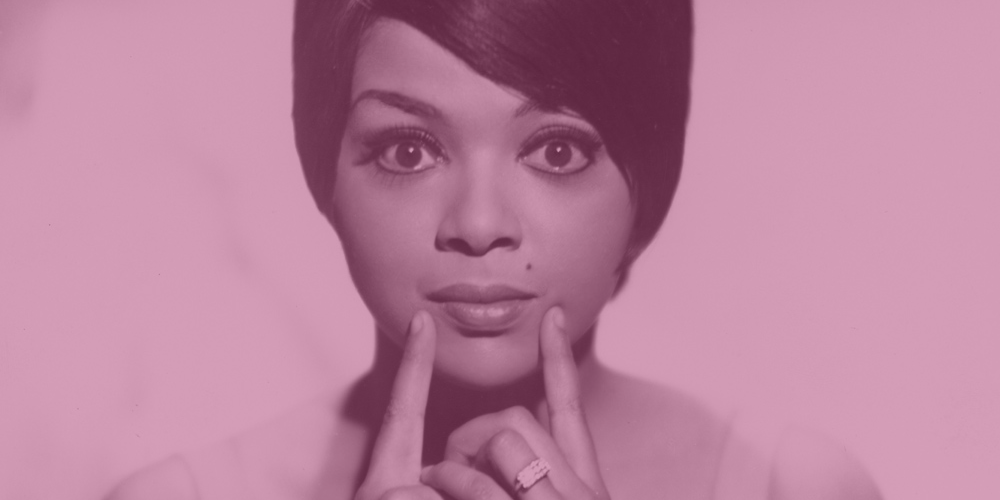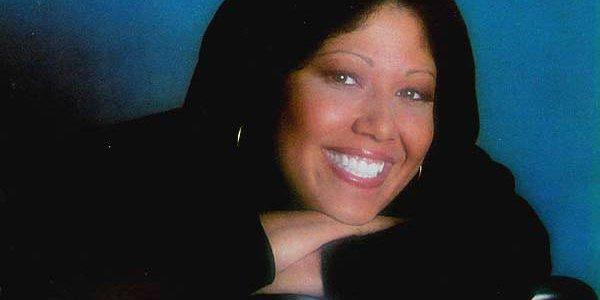By the time the late ’70s and early ’80s rolled around, the sound of young America had splintered into dozens of different genres, the assembly line soul of Motown replaced on the radio and in the hearts and minds of listeners by funk, disco, punk, and points between. Motown’s late ’70s were a survey of disco moves, and its biggest success was the signing of a man named James Ambrose Johnson, who had played in bands since 1965, including the Mynah Birds, which included Neil Young as a former member. Johnson would go onto fame and infamy as Rick James, who’d write some of the most iconic early ’80s funk&B albums and help Motown launch into the ’80s with a new roster of stars.
James’ hand was so hot in the late ’70s that Motown started to pair him with different performers as a producer and songwriter. James was slated to work with Diana Ross — to give her a funk makeover — but that changed when James heard the demos from a singer on the Motown roster who had recently left her band to be a singer on the label. Her name was Mary Christine Brockert, but you know her better as Teena Marie.
You received Teena Marie’s fourth LP, It Must Be Magic in your Anthology box set; here’s where to go next in your studies of the great Lady T.
Wild And Peaceful (1979)
James wrote and co-produced much of Marie’s debut LP, Wild And Peaceful, which became a modest hit on the R&B charts. Encouraging Marie to be a songwriter, she worked alongside James in the studio and learned production and songwriting from him. Marie became something of an urban legend during the first round of promotion of the album, as no one could believe that she was a white woman, especially since it was on Motown and produced by Rick James, and the album itself had no pictures of Marie on it to confirm or deny. But Marie became the first white woman performer on Soul Train in 1979, performing for a huge audience on TV and confirming she was indeed white, and would go on to be the most prolific white performer in the history of the show. The album’s finest cut is her cover of the Temptations’ “Don’t Look Back,” but her duet with James on “Every Little Bit Hurts” showcased their volatile chemistry.
Lady T (1980)
For her second album, Marie worked with Richard Rudolph — Maya Rudolph’s dad, and most importantly, a producer and songwriter with his wife, Minnie Riperton — as she felt emboldened by what she learned from James, but asked Rudolph to help produce. The album would blend rock, funk, R&B, and proto-rap, an album much grittier and stankier than the cover suggests. She’d go by Lady T for the rest of her life, with “Behind the Groove” as one of her most well-known songs.
Irons In The Fire (1980)
For her second album of 1980, Teena Marie did something that was a rarity for a woman artist on Motown: She self-produced Irons In The Fire, writing or co-writing all of the album’s songs as well. It was a commercial smash, thanks to the clarion calls of “I Need Your Lovin’” and “Young Love.” But it’s in deeper cuts like “Chains” and “Tune In Tomorrow” that you hear Teena Marie in all her glory; her voice was a huge shotgun she could wield over ballads or rave-ups.
Robbery (1983)
Teena left Motown after It Must Be Magic, after a lawsuit that became notorious. Teena got into an argument with Motown executives over how and when they were releasing her new music, and was essentially “shelved” by Motown, who declined to release new music from her. Marie’s suit found that labels are not able to hold an artist under contract and also refuse to release new music by them, which lead to Marie being dropped and jumping to Epic Records for most of the remainder of her career. Her first album for Epic was Robbery, a glittery big-budget album that mostly became a must-hear because of “Casanova Brown,” a barely veiled song about Teena’s relationship with Rick James. Teena’s performance of the song is jaw-dropping: She hits a sustained note in the middle that would leave most every other singer on earth unable to catch up.
Starchild (1984)
Teena Marie’s sixth LP started the trend that would carry her onto the next half of her career: She was always more inspired by Janis Joplin than any other artist, and she starts incorporating more rock sounds into her dexterous work with funk and R&B. “Lovergirl” — with its charging pop rock guitar riffs — would become Teena’s biggest pop hit (it would go to No. 4 on Billboard), and the album would be her best selling. Come for “Lovergirl,” but stay for “We’ve Got To Stop (Meeting Like This),” a duet with Ronnie McNeir.
Emerald City (1986)
The guitar on the cover makes it clear for Emerald City: Teena Marie is making rock now. The album still has some R&B flavor, but it’s largely built on guitar, and big rock drums, and has a literal Stevie Ray Vaughan solo (“You So Heavy”). She still charted on the Black albums chart higher than the pop charts, but that’s probably because this album has a Bootsy Collins feature (the title track). Marie’s following albums played with more rock and blues, but this is the finest example of that musical boundary-stretching she’d produce.
Congo Square (2009)
Congo Square was Marie’s last album before she died in 2010, and the only one she’d release for Stax records. While the album sounds like 2009, it showcases that Marie’s genre-pushing and limitless voice still had dexterity and power 30 years after she first signed to Motown. The duet with Howard Hewitt from Shalamar, “Lover’s Lane,” is the highlight here.
Andrew Winistorfer is Senior Director of Music and Editorial at Vinyl Me, Please, and a writer and editor of their books, 100 Albums You Need in Your Collection and The Best Record Stores in the United States. He’s written Listening Notes for more than 30 VMP releases, co-produced multiple VMP Anthologies, and executive produced the VMP Anthologies The Story of Vanguard, The Story of Willie Nelson, Miles Davis: The Electric Years and The Story of Waylon Jennings. He lives in Saint Paul, Minnesota.
Related Articles
Join the Club!
Join Now, Starting at $36Pages







